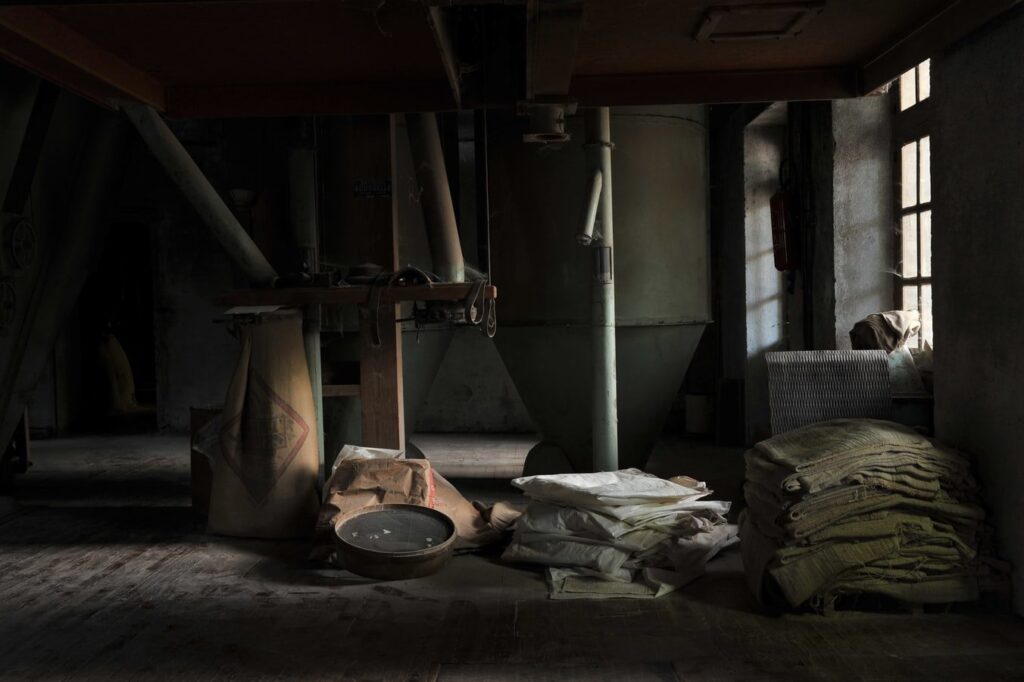Nearly 27 million people in the United States have a crawl space under their home, and many are unaware of the potential health hazards they pose.
So far, this spring and summer have had record amounts of rain and flooding. People have had to evacuate their homes because of it; farmers have left their fields fallow because of it; and the effects of all the extra moisture can now affect your health.
Within 24 hours of flooding, mold can begin to grow in your home. And, according to the Environmental Protection Agency, 100% of all types of mold can negatively affect your health. This can be as seemingly minor as having a runny nose or more severe, like developing chronic sinus infections. In fact, 93% of chronic sinus infections are attributed to mold. In rare cases, mold in the home has even caused death.
Because as much as half of your household air comes up through the basement or crawl space, it’s important to keep this space clean and dry. Water vapors can travel from the ground into the basement or crawl space, even creeping in through cement. Basement and crawl space encapsulation, sump pumps, and dehumidifiers can help waterproof these potentially dangerous areas.
Basement and crawl space encapsulation can benefit people who notice mold growing, a musty or mildew smell, windows that sweat, soft or cracked floors, wet walls or even lots of insects in the home.
Basement and crawl space encapsulation is a way to seal your basement or crawl space. A heavy-duty polyethylene sheet is used to cover the walls, floor, and ceiling and is taped or glued shut. This creates a waterproof barrier that is then maintained by adding a dehumidifier.
Basement and crawl space encapsulation not only keeps the moisture out, it can also improve energy efficiency in your home, keep insects out, and improve your air quality.
Some people may worry that waterproofing the basement makes the space unusable, but many professional companies can now add insulation, drywall, and flooring on top of the moisture barrier.
You must also pay attention to the outside of your home with all the extra water this year. Apply a sealant to the exterior foundation walls. Make sure you unclog your gutters and downspouts to direct water away from the house. Plants should be a minimum of two feet from the foundation and low in the soil so as not to direct water towards the foundation. Create a slope in the soil away from the house as well.
Now, more than ever, it’s becoming important to protect your belongings, structure, and health by paying attention to basements and crawl spaces.


